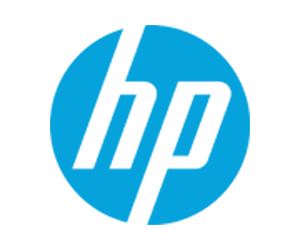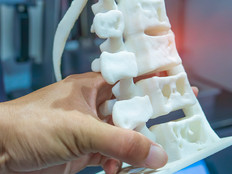1. Supporting Chronic Disease Management Through RPM
Colling says it’s been challenging to address remote monitoring needs for patients suffering comorbidities, such as those who have both Type 2 diabetes and hypertension.
“There’s been a shift to hospital at home, and we are figuring out how we can have patients who would normally be treated in the hospital be treated at home,” he says. “How can we do this more effectively?”
One device that could fit this profile is the HP Engage Go tablet, which meets the IEC 60601-1-2 standard for medical electrical equipment and medical electrical systems.
Colling says providers are looking for an end-to-end solution or device that can monitor patients remotely and security, with biometric devices that have stable connections.
“It’s not just about digital healthcare, but truly being able to monitor you and keep you out of the hospital unless absolutely necessary,” he says.
2. Gathering Patient Data Using Remote Patient Monitoring
“Currently, what’s occurring is you have things like a pulse oximeter, a digital thermometer or a smart pillbox, and all these devices need to send info to a source. In the past, that source was the phone,” he says. “Can we move to technology that is beyond bring-your-own-device and who’s managing the end-to-end infrastructure?”
Colling says ideally, in moving to value-based care, one kit with all required devices should be capable of connecting to a central device, all managed end to end, so the hospital is not cobbling a management system for all those devices.
“Nobody has yet stepped up with an RPM solution that makes it a very easy, consumer-driven and seamless experience,” he says.
3. Capturing Patient Data at Hospitals Using Rugged Devices
Colling says personal or consumer devices simply won’t work in a hospital setting because they lack the ruggedized protection that can take the wear and tear — and drops — that come with the environment.
“We’ve shifted to devices that didn’t have the compute power before, but that has changed, and so now you have the power to do secure texting, take photos and videos, and handle lab work,” he says.
For example, the company’s HP Elite x2 G8 is built for protection from daily bumps and engineered to pass MIL-STD-810G testing. An HP rechargeable active pen also helps patients complete forms and questionnaires, with up to 10 hours of battery life keeping it going through long shifts.
HP’s EliteBook 840 G8 can be sanitized and minimizes total cost of ownership with built-in telemedicine and authentication technologies.
4. Allowing Clinicians to View Patient Data on the Fly
Colling notes that it can be a challenge for healthcare workers to input data into a patient record on a tablet or smartphone.
“There’s a lot of data you have to enter,” he says. “There were hospitals that took this approach, but the amount of data is huge. You need the ability to type, and you need a device that has enough computing power to voice-record.”
He also says it’s important to deliver a patient experience that’s face to face, while at the same time trying to move the patient through the process with speed, sometimes while simultaneously taking vitals.
“Health systems that have moved to the tablet model have, in fact, gone back to a lightweight laptop so the physician can sit down face to face and transcribe, and you and the physician complete that chart together,” Colling says.
The HP ZBook Fury 17 Mobile Workstation, for example, combines a 17.3-inch diagonal display with high computational power for simultaneously reviewing and evaluating data.
He notes there have been shifts in user-friendly dashboards and graphs pulled from data; for example, showing patients what a specific pill looks like or the time of day when it should be taken (with a corresponding image of a sunset).
5. Enabling Patients to Fill Out Information Digitally
“When patients come to the emergency room or hospital, they fill out paper forms, and they think, why don’t they go digital?” Colling says. “However, you lose that interaction or that experience between the patient and healthcare worker.”
While there’s been a push toward tablets in the digitalization of the waiting room, a witness must sign off on the forms.
“Where I’ve seen it used most successfully is when you have a patient care coordinator that comes to you with a tablet or a mobile device that’s large enough, and they can scan your ID on that device,” Colling says.
For example, the HP EliteBook x360 1040 G7 helps caregivers capture patient information, review test results and consult with patients. The rugged device features four user modes: work, write, watch and present.
Brought to you by:











